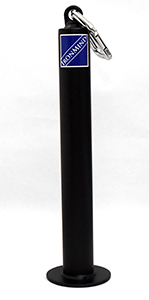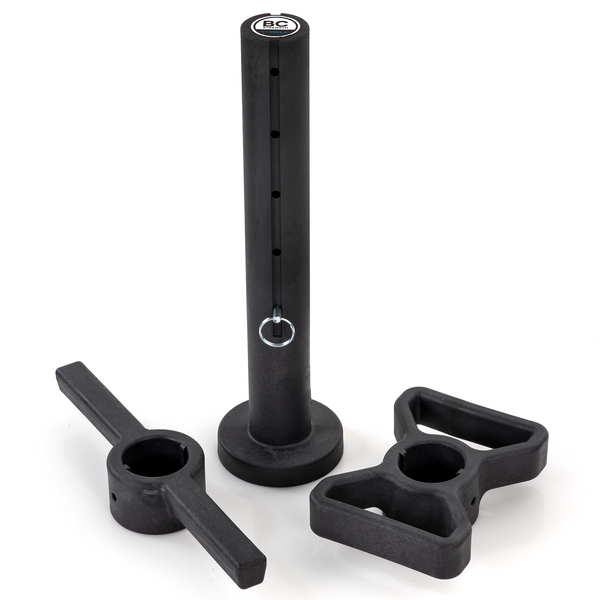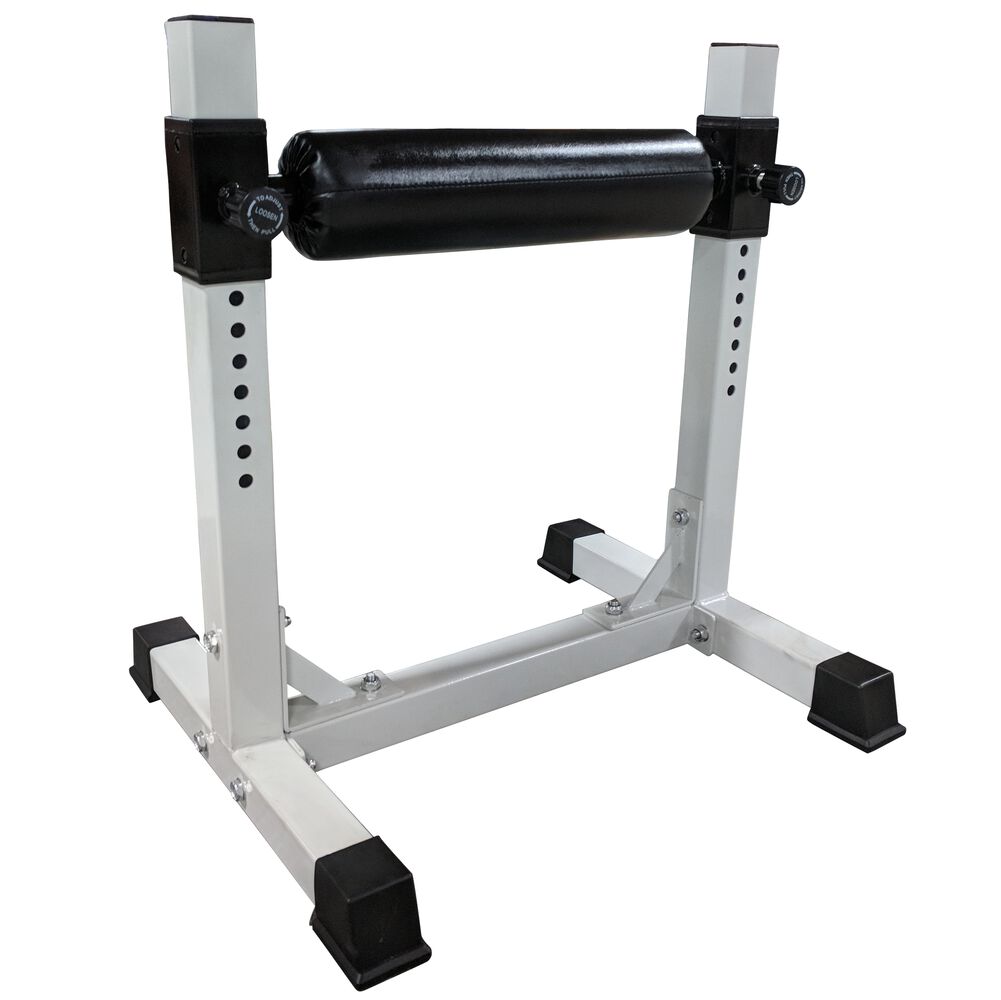Belt Squats
This is definitely one of the best Squat/Leg Exercises there is.
I have used Belt Squats for years as a mean of increasing my Powerlifting Squat.
The Limiting Factor In Squats
One of the limiting factors in developing the legs in a Squat the lower back. The lower back often fatigues long before he legs are complete overload, completely trained.
Belt Squats take the lower back out of the equation.
My reason for doing Belt Squat is...
Weak Legs, Strong Back
In a Squat, my legs give out before my back. When that happens, my leg drive stops, the load is shifted to my back.
That means I end up performing a "Squat-Morning"; my Squat ends up being a Good Morning at some point.
Performing Belt Squat allows me to place more of the workload on my weak point, my legs; which increased my Squat.
The Issue With Powerlifters
One of the main issues with Powerlifters is they use the Competition Lifts as a means of increasing Maximum Strength.
To reiterate what I have stated in previous post, using the Competition Powerlifts does increase Maximum Strength.
However, it come at the expense of promoting and developing poor Technique.
Muscle Fatigue
With each repetition in a movement, Muscle Fatigue begins to occur. That means with each repetition, Technique is slightly altered.
For that reason, Technique needs to be trained while you are fresh.
Developing Strength
Developing Strength for the Powerlifts, any sport, occurs with Auxiliary Exercises that that work the muscle in the sports movement and have a similar movement pattern.
Belt Squat fit that profile for increasing your Back Squat.
Few can.
Definitely
As I stated, I have used Belt Squat for years. They dramatically increase my Powerlifting Squat.
As Heavy As You Want
Taking the lower back out of the equation in a Belt Squat means you are not going to Squat as much as you will in a Traditional Back Squat, especially a Low Bar Powerlifting Squat.
However, the workload is completely place on the legs.
With that said, I have performed Partial Quarter Belt Squats with up to 540 lbs/245 kg.
Belt Squat On Chairs
That is more like a disaster waiting to happen.
Here Is What You Need for Belt Squats
1) Two Sturdy Boxes to stand on; you want something solid.
2) 'Spud Belt Squat Belt
I have the Women's Belt. It has a shorter length, which means the boxes you stand on don't need to be so high.
3) Loading Pin
I have the IronMind 15 inch Loading Pin.
4) Chain
You many need some chain to hook the Belt Squat Belt to the Loading Pin.
If you need chain or not is dependent on how tall the Loading Pin is, how high the Boxes are and the length of the Belt Squat Belt.
5) Carabiners: To hook the Belt Squat Belt up to the Loading Pin.
The strength on the Carabiner is dependent on the load you use. A few cheap Carabiners have bent with some of my heavy loads.
The Pro of The Belt Squat
1) The workload is place on the legs.
2) If you cannot get the weight up, just unhook the Belt Squat Belt. No being pinned to the floor, as you would in a Back Squat.
3) Concentric Assisted Overloading/Forced Reps
Performing the Belt Squat by holding on to the side of a Power Rack or something else, allows you to perform Assisted Concentric Overloads.
If you cannot drive the weight up with your legs, pull on your Power Rack or whatever you are holding on to. Doing so, allows to Concentric Overload the legs a little more.
4) Eccentric Belt Squats
Eccentric Belt Squat with heavier load can be performed by pulling yourself up the Power Rack, whatever you are holding onto and then lowering the weight.
Straddle Squat Option
Another option to Belt Squat is...
1) Hungarian Core Blaster
This is the Home Made Core Blaster. The cost is around $20.00 of pipe. It take less than 5 minutes to put it together.
I've had mine for around 5 years. I used it for Heavy Kettlebell Swing with up to 170 lbs.
I began using it for Straddle Squat about 6 months ago. It really overloads the legs.
It doesn't take a lot of weight with the Straddle Squat to overload the legs.
I just got the...
2)T-Bell Straddle Squat
The T-Bell is a versatile plate-loaded training device that can be used for a wide range of exercises. We use the T-Bell at Glute Lab, specifically when performing elevated exercises like Straddle Lifts, Sumo Squats, Romanian Deadlifts and Bent Rows. The T-Bell can also be used for Sumo and...

www.bretcontreras.store
Dr Bret Contreras demonstrates the Straddle Squat with his T-Bell. I just got mine and began using it.
The T-Bell allows you, to some degree, adjust your Straddle Squat, Squatting Depth.



